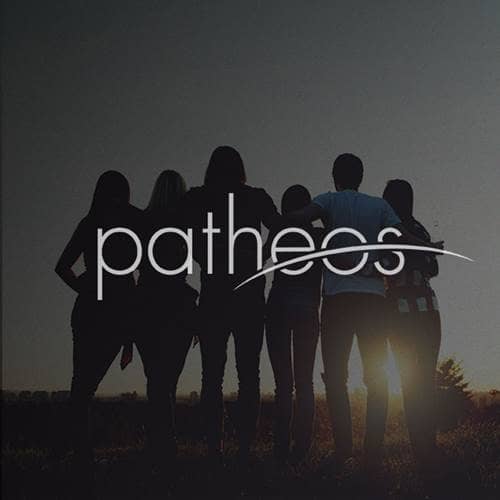- Trending:
- Pope Leo Xiv
- |
- Israel
- |
- Trump
- |
- Social Justice
- |
- Peace
- |
- Love

RELIGION LIBRARY
New Age
Community Organization
The New Age movement is highly diffuse, lacking a central organization or structure. Rather, the New Age possesses multiple organizational centers, each of which caters to particular subcultures within the New Age movement. These structural centers include regional and national periodicals, the individual relationships between New Age practitioners and their spiritual teachers, and the organizations founded by particular leaders or schools of thought within the New Age movement.
Since reading serves a central role in New Age practice, journals and periodicals function as one of central structures holding the movement together. Magazines with national distribution such as Body & Soul and New Age Journal serve as connections between readers, spreading new ideas, practices, and information about new teachers throughout the diffuse movement. Within smaller geographic scopes, regional publications serve the same function. Most major cities feature such New Age newspapers. These periodicals sometimes operate as the only link between New Agers with widely different sets of beliefs and practices. New Age practitioners who engage in alternative healing, for example, may have few social interactions with those who focus on channeling or meditation. Yet by sharing subscriptions to these publications, or picking up free advertiser-supported regional newspapers, New Agers cement their identity as part of a distinct subculture. The events, books, and products advertised in these periodicals create the common structure that holds together the New Age movement.
Two contemporary sociologists of religion, William Sims Bainbridge and Rodney Stark, have described religious movements like the New Age as "client cults." (They do not use the word cult in any negative sense, only in the sense of "new religion.") A client cult differs from most other religious movements because it lacks a clear religious community. Instead, individual spiritual seekers-"clients"-work with a smaller set of spiritual teachers-"providers." While this form of organization results in very few direct connections between individual New Age practitioners, it does heighten the value of the relationship between clients and providers. That relationship functions as one of the defining characteristics of New Age community organization.
Most New Agers engage in multiple sets of practices within the New Age movement, including alternative healing, meditation, yoga, channeling, shamanic work, and the use of psychics or astrologers. For each of those, a New Age practitioner employs a different specialized provider who offers one-on-one instruction in a particular technique, or offers a service directly to the client. This results in multiple relationships between a single client and many providers. At the same time, a New Age provider offers services to numerous clients. The best of these providers achieve national name recognition and often become New Age authors as well, but most serve the New Age community within a particular geographic area. The series of relationships between clients and providers is the main interpersonal organizational structure of the New Age.
In a few rare circumstances, a New Age provider becomes so well known that he or she attracts large numbers of clients who seek guidance or teachings. Rather than meet one-on-one with these clients, the provider offers a service through broadcasts, recordings, publications, workshops, or lectures. In these cases, the recipients become audience members of the teacher, rather than clients. Bainbridge and Stark call this organizational structure an "audience cult." Only the most successful New Age teachers ever attain audiences, including such notable figures such as Deepak Chopra or Ram Das. Members of this provider's audience often subscribe to mailing lists, travel to attend workshops, and purchase books or recordings from their teacher. Like other New Age practitioners, the audience members likely engage in multiple spiritual pursuits, meaning that their involvement in their audience cult does not comprise their entire New Age identity.
In even rarer cases, New Age teachers may found actual new religious movements (NRMs), groups that identify themselves as unique religions apart from the New Age as a whole, and tend to understand membership in the group as something more than the occasional purchase of reading materials, attendance of events, or utilization of services. Mark and Elizabeth Clare Prophet's New Age NRM, the Church Universal and Triumphant, and J.Z. Knight's NRM based on her channeled material, Ramtha's School of Enlightenment, serve as two examples of this form of New Age organization. In both cases, actual religious communities exist, with individuals tied to each other through social bonds other than a common teacher or journal subscription. Though such New Age NRMs are quite rare, they serve as competing organizational centers within the New Age movement.
Study Questions:
1. How is the New Age movement structured?
2. Describe literacy's role in the organization of the New Age movement.
3. What is meant by a “client cult”?
4. When do clients turn into audiences? Is this harmful to the individual's identity? Why or why not?
4. How do New Religious Movements form?










